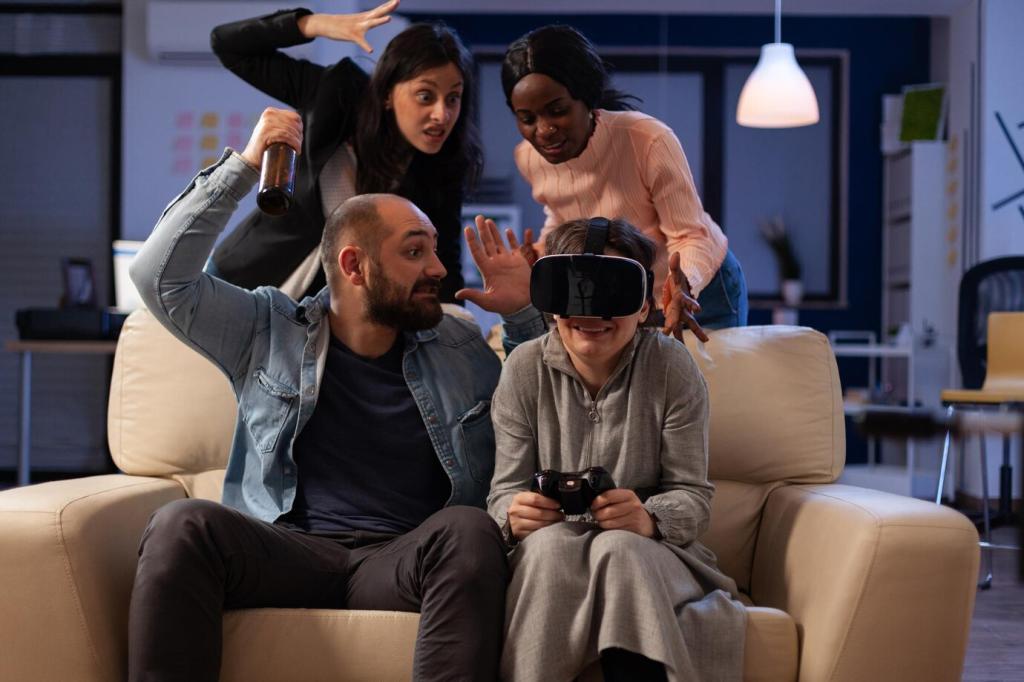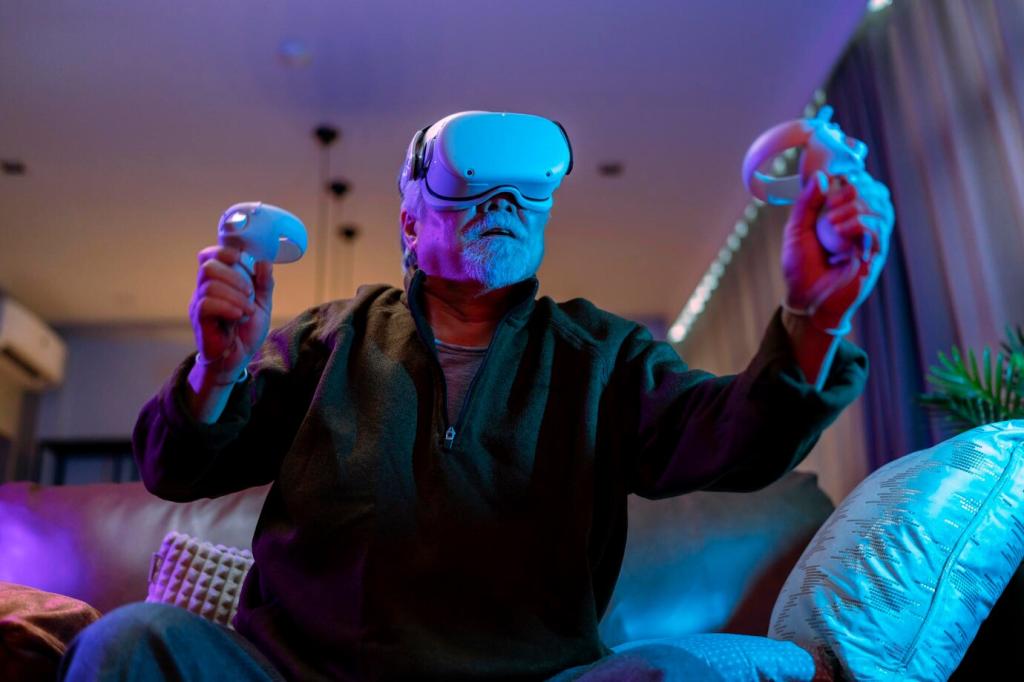Traditional films have always asked viewers to watch and interpret, creating emotional resonance from a distance. Interactive VR movies overthrow this convention by inviting audiences to become characters within the narrative. Your choices shape outcomes, dialogue, and even the fate of other characters. This sense of involvement cultivates empathy and stronger connections to the story. Each viewing can offer a unique experience, redefining replay value and audience engagement. Filmmakers now design branching plots and adaptive worlds, where viewers’ decisions truly matter. This ability to interact with the story not only enhances emotional impact but also sets new standards for narrative innovation.
Developments in motion tracking, 3D rendering, and spatial audio technologies power the magic behind interactive VR movies. Modern VR headsets offer high-resolution visuals and precise tracking, making every gesture and head turn translate seamlessly into the digital world. Advances in artificial intelligence and real-time rendering allow for dynamic storytelling, where environments and characters respond organically to user input. These technologies work in tandem to dissolve the barrier between audience and narrative, making it possible for users to feel as though they have truly entered another world. As hardware and software continue to progress, the capacity for more lifelike and complex stories will grow exponentially.
Interactive VR movies challenge the traditional notion of audience passivity. Instead of consuming stories, participants help create them. This shift necessitates a reconsideration of narrative structure, as writers and directors must accommodate multiple paths and outcomes. Viewers may find themselves solving mysteries, guiding protagonists, or altering the story’s conclusion entirely. The roles of director, writer, and game designer converge, blending their skills to produce cohesive yet flexible experiences. This democratization of storytelling empowers audiences, offering freedom yet demanding new literacy in decision-making and immersion. As a result, VR movies craft stories that belong as much to the users as the creators.



